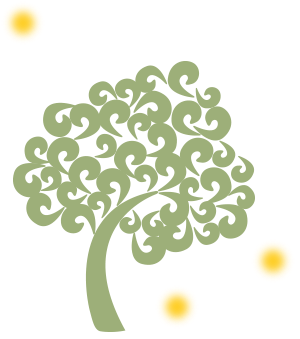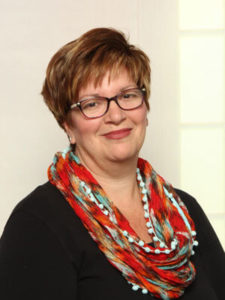
Kim Hopper
Kim Hopper was trained as an Art Therapist at Western University and has concentrated her training in the area of Trauma. Trauma is often registered physically and emotionally in the brain and the body. The use of art as a technique to help individuals communicate their feelings and experiences can be a beneficial way to help them process what they may not be able to verbalize.
Kim received her Master’s of Social Work at Wilfrid Laurier University and is registered with the College of Social Workers and Social Service Workers. She has worked extensively with children and youth in school settings as a School Counsellor in London since 2000. Prior to that, she worked at Women’s Community House in London with women who had experienced woman abuse. Additionally, she has worked for Women’s Rural Resource Centre in Strathroy with children and youth in a violence prevention role in the school system.
Kim uses trauma-informed and attachment based therapeutic approaches such as Cognitive Behaviour Therapy (CBT), Emotionally Focused Therapy and Mindfulness for children, teens and adults along with various art techniques to help individuals build some effective coping skills.

Personal Statement
Kim believes that every child wants to do well but sometimes emotions and life stressors make it difficult for them to cope. “Behaviour is the language of children” is a mantra that Kim often uses. As adults, we must help children and youth to recognize and express their feelings. This can provide some relief to help reduce their levels of stress. In addition, we need to help children and youth to learn coping strategies to help them function better when faced with life stressors. In a sense, we need to help them to develop some tools to put into their toolbox.
Kim believes in an attachment-based systemic approach that includes working with all of the family members in the child’s environment. Kim has supported a number of parents in her role as school counsellor and believes that sometimes the best way to assist the child is to support the family.


